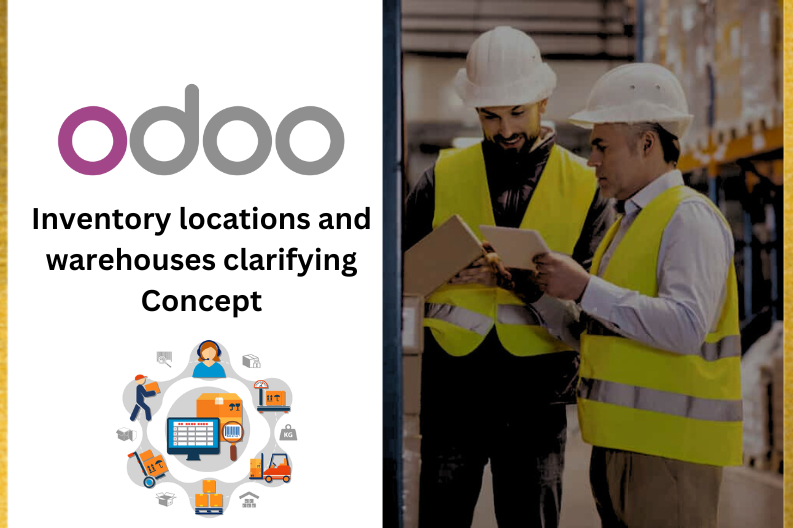
Odoo warehouse Management works on mainly two concepts to help to track the stock and movements – to warehouses and locations.
We will understand the clear difference concept and their usage to help you manage your inventory efficiently in Odoo.
ODOO WAREHOUSE :-
Odoo Warehouse refers to single, multiple building spaces where companies can stock up on their product and raw material.
Companies can choose to have a single and multiple warehouse in their business needs.
It can effectively create a transfer or track to the stock move in between multiple warehouses in an Odoo.
Let’s say you are a furniture wholesaler distributor. So if you have a main warehouse that supplies all types of furniture to various regional warehouses, will resupply those resupplied furniture to retailers in a specific region.
LOCATION IN ODOO :-
In odoo warehouse is a physical place/Building , location in Odoo refers to space, to be it shelf , floor, within the warehouse.
Let’s continue with the above example of a furniture distributor; they have a primary warehouse name- Main warehouse and its regional warehouse name as warehouse R1 , Warehouse R2, Warehouse R3.
So the main warehouse contains a location in a form of aisle and shelves named Aisle 1, Aisle 2, Shelf 1, Shelf 2 etc.
While these regional warehouses:- “warehouse R1, locations in the form of floor name as- Floor 1, Floor 2.
Aisle 1, Aisle 2, Shelf 1, and Shelf 2 are locations for the main warehouse and it can not be considered a part of regional warehouse R1, R2, and R3.
Similarly, Floor 1, Floor 2 are the location of warehouse R1 and not to be considered a part of the main warehouse and other regional warehouses R2 & R3.
LOCATION TYPES IN ODOO:-
Here we can see there are four types of locations which we used in Odoo are:-
- Physical/Internal
- Virtual
- Partner
- Production
Physical/Internal Locations:
A Company directly owns physical and internal location as a part of its own Warehouse in Odoo.
It could be in the form of shelve, department, floor or room.
Partner Locations:
Partner location is consist with two types
- Vendor
- Customer locations in Odoo.
Customer locations are where the product is dedicated to a particular customer and is reserved in the warehouse.
At Same time, Vendor locations in Odoo are dedicated to storing the product awaiting the receipt from the supplier or designated the specific supplier.
Virtual Locations:
Virtual location is not a physical area within a warehouse.
In fact they are used to represent inventory loss tied to specific purposes like control quality, damaged goods or quarantine.
Virtual locations can also categorized as Transit locations to record products that are in transit or their way to the warehouse to help you to manage and segregate inventory based on specific criteria or conditions.
Production Location:
Creating a manufacturing order you can specify the production location in the location track and manage the raw materials work in progress and finished goods within the production area of your warehouse.


